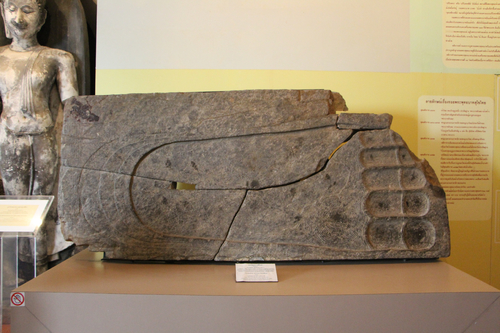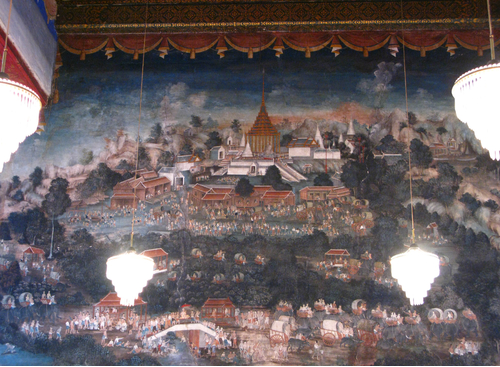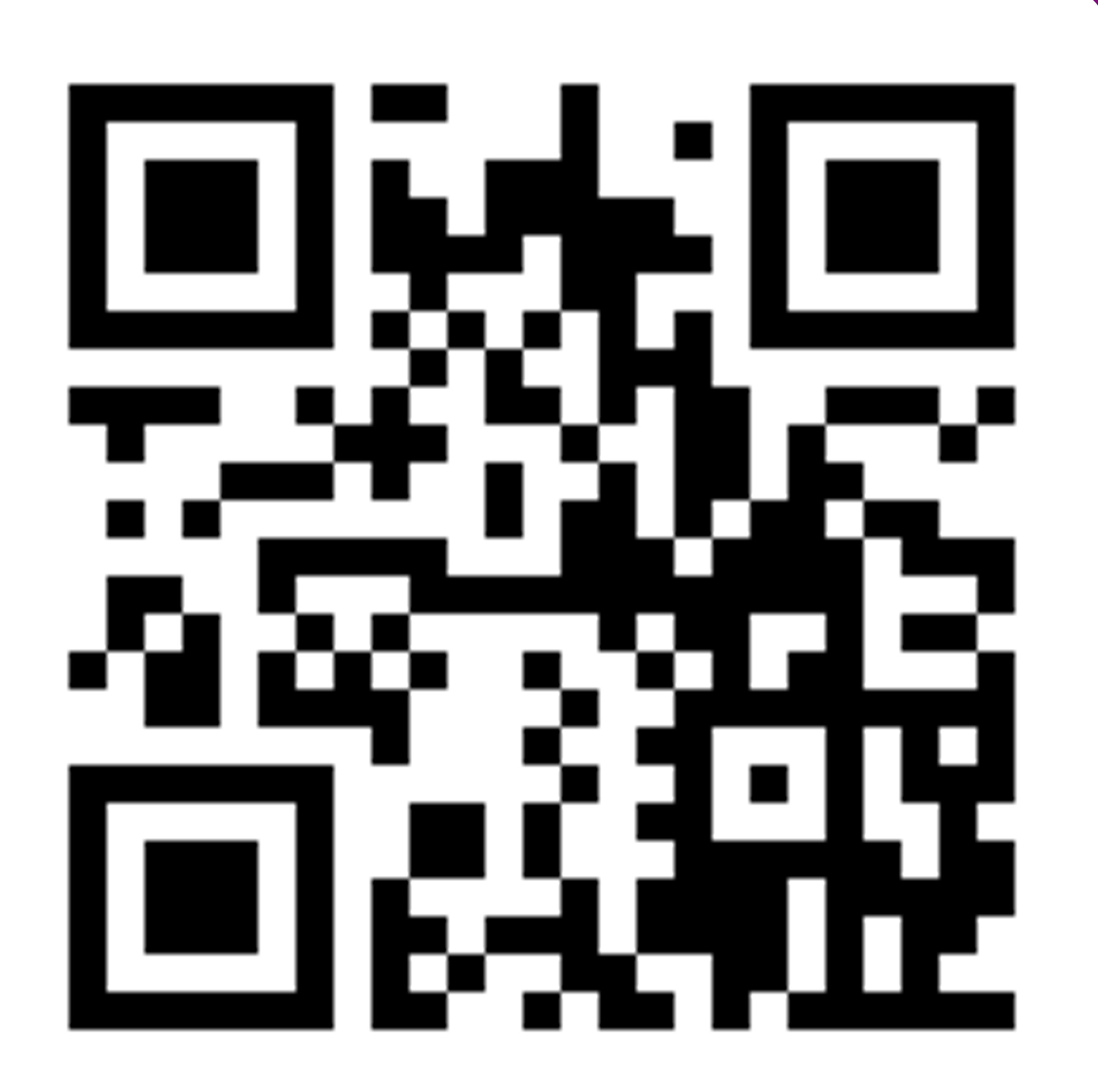Artwork Search
Arts in Southeast Asia Database
SculptureThe Lord Buddha’s footprints
The pair of the Buddha footprints is craved on natural laterite. It is covered by a building. Each foot is curved according to outer line. The toes are not of the same length similar to natural feet. There is a pattern of the wheel of law in the middle of each footprint. Such a pattern conveys the meaning that the Lord Buddha is greater than his earth and universe.Between the two footprints, there is a deep hole. Some scholars believed that this was a hole for an umbrealla. It remains unclear as to what function the cross nook serves. Some scholars thought that it was there to support the umbrealla, while the others thought that it was similar to a crossing “Sawasdika” or a flag with two points
SculptureThe footprint of the Buddha
The footprint is engraved on a rectangular stone. Some parts of the stone are damaged. There are actually four overlapped footprints detected by the lines on the sides and heel. The footprint that was used for pattern studying is the smallest one as other three have only the lines on the sides and heel. The toe fingers on the smallest footprint are not equal in length. Each finger has a whorl motif decorated. In the middle of the sole, there is Chakra symbol which are decorated with the 108 propitious motifs. Two points on the area connected to the toe fingers are decorated with whorl motifs , while the heel is decorated with lotus petal motif.
PaintingThe Wall Painting of The Pilgrimage to Phra Phutthabat, Saraburi
The powder color-painting depicted the Phra Phutthabat Mondop in the middle of the wall surrounding by other buildings and constructions in the temple. Under the Mondop is the depiction of people visiting the place by various methods such as by foot, by boat or by animal-drawn carriage. The people visiting Phra Phutthabat including both monks and villagers. The painting used the western-style technique of coloring with realistic shading and dimensions. Each parts used the bushes to separate them and to make the path for people to follow to the Mondop. The colors of the sky, clouds, and trees are realistic as in nature.
PaintingBuddha Footprints : Mural in Lokathiekpan
The mural is a lot similar to Pala style in using warm colors as the main colors, for example.
PaintingBuddha Footprint on the ceiling
It seems that painters at Kyauktawgyi were quite modern in painting modern cosmology. Stars are arranged in groups according to the modern pattern. There are pictures and names that help identify each group of the stars. The painting of stars at Kyauktawgyi show that this Chedi is the actual center of the universe.
PaintingBuddha Footprint on the ceiling
Although paintings at Kyauktawgyi do not show any attempts to replicate Pukam arts, one element that shows a clear influence form Pukam art is the painting of the Lord Buddha footprints on the ceiling. This shows the protection of the Lord Buddha for believers. Although the foorprints show Pukam influences, the surrounding patterns are clearly Acantus from western influecne. As for Thai influence, giant faces of Thai style show that these paintings were painted by Thai artists or their descendants who were brought to Myanmar when they took over Ayutthaya.
SculptureThe Copy of Shwesettaw Buddha’s Footprint
The Buddha’s footprints in the after Pukam period is usually decorated with 108 blessing patterns. Some are in the tables spreading all over the foot and some are in the circle in the middle of the footprint. The edges are surrounded by Naga and are thick to store water. This is according to the concept of the footprint at Chavesedtong that is located on the riverside.




